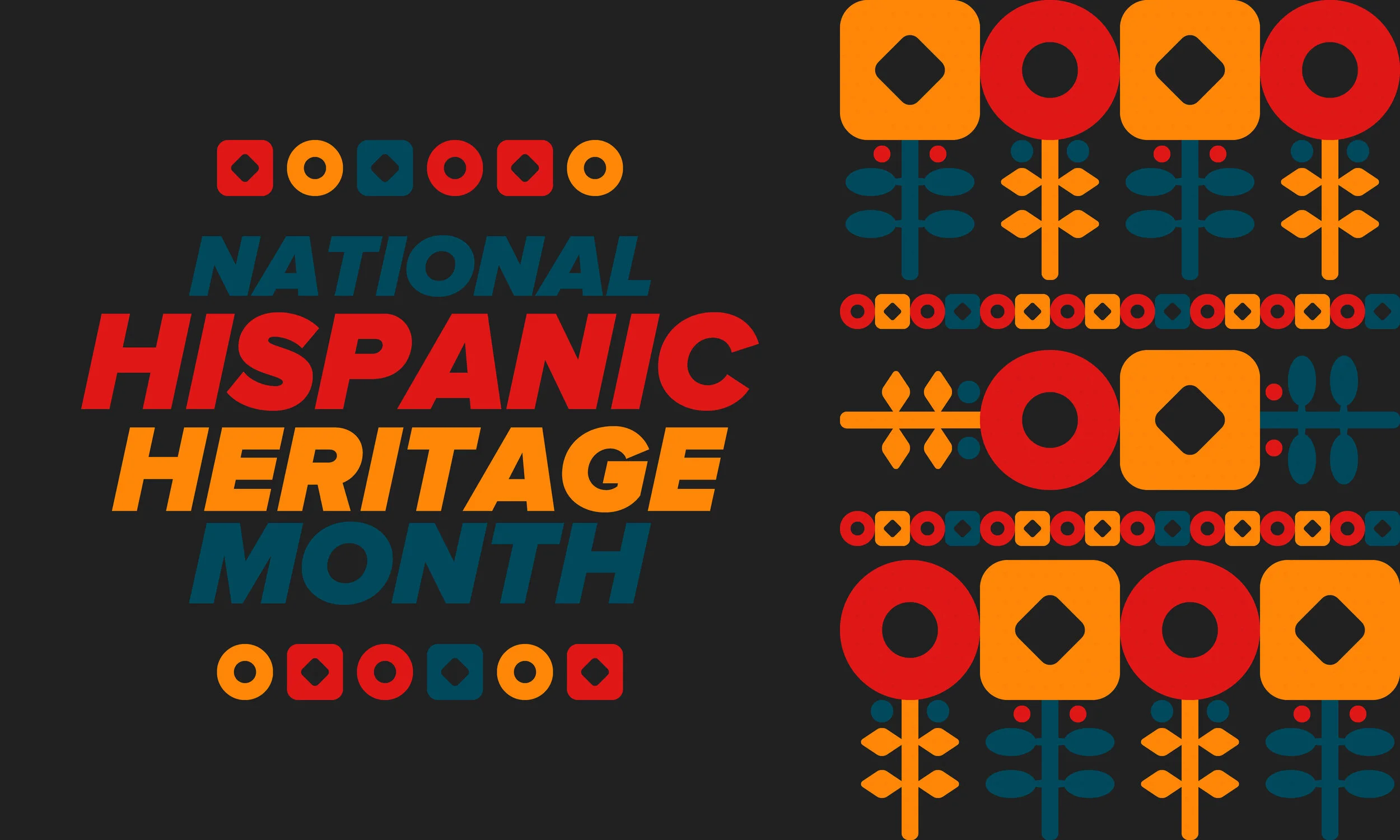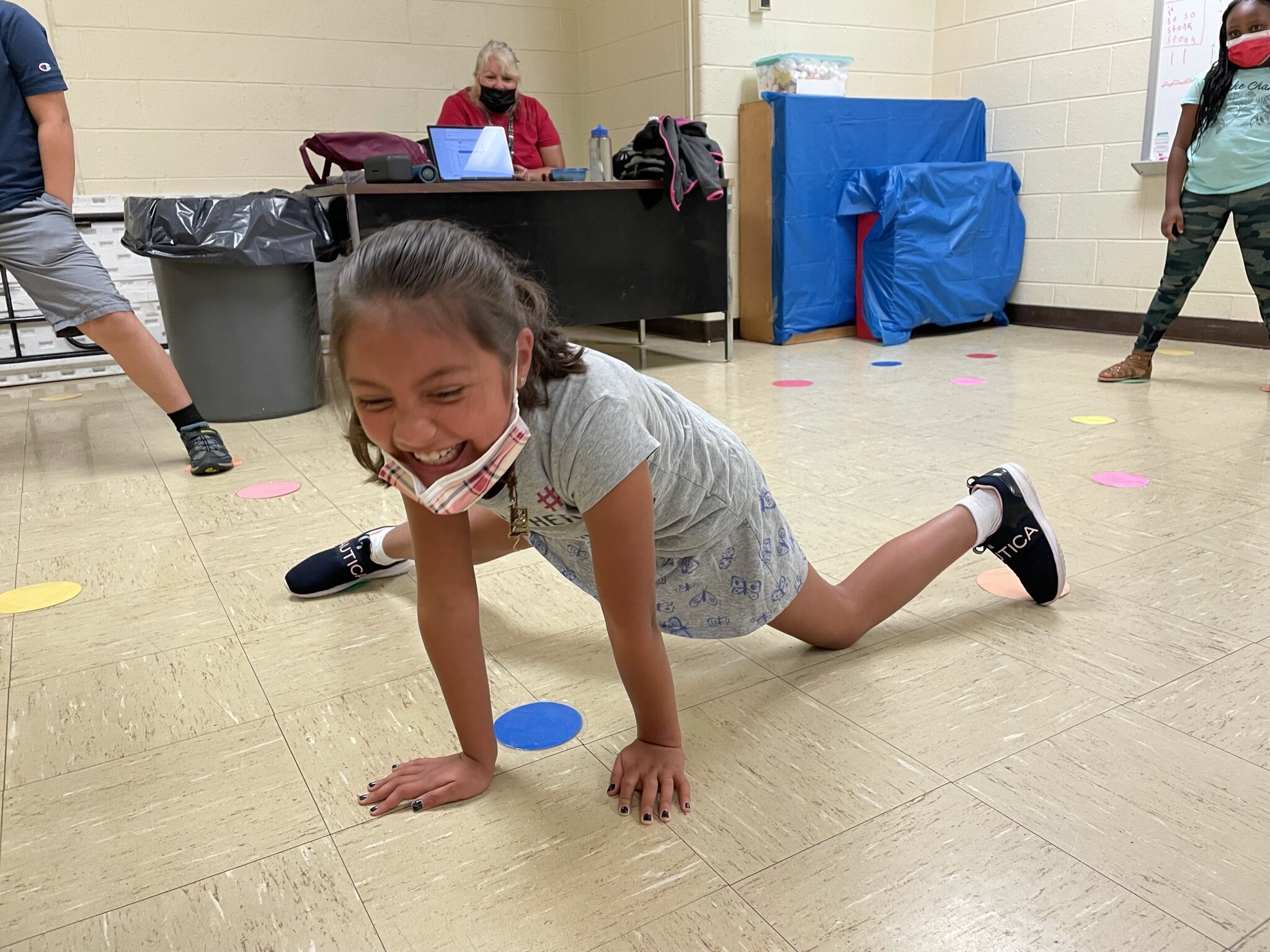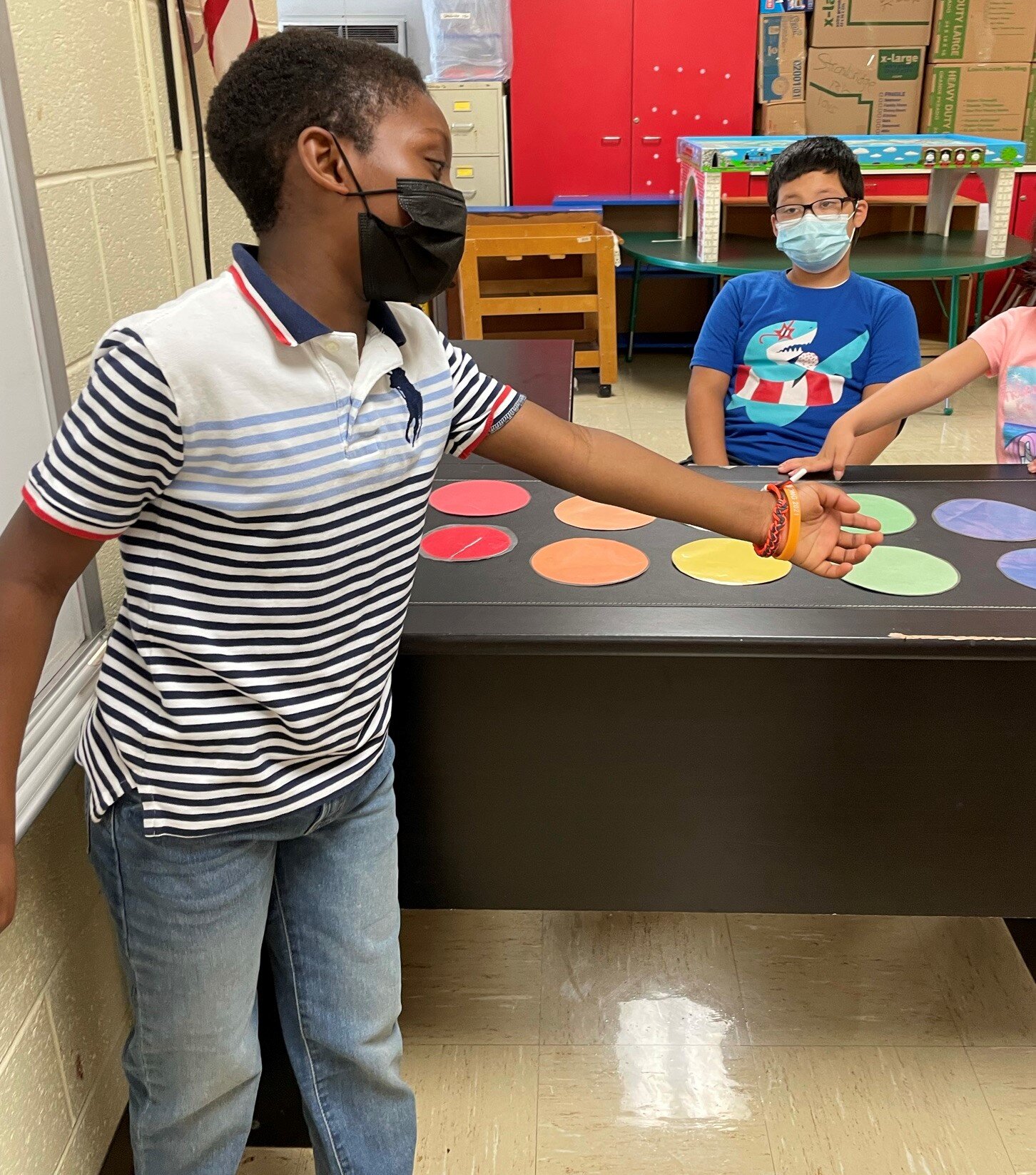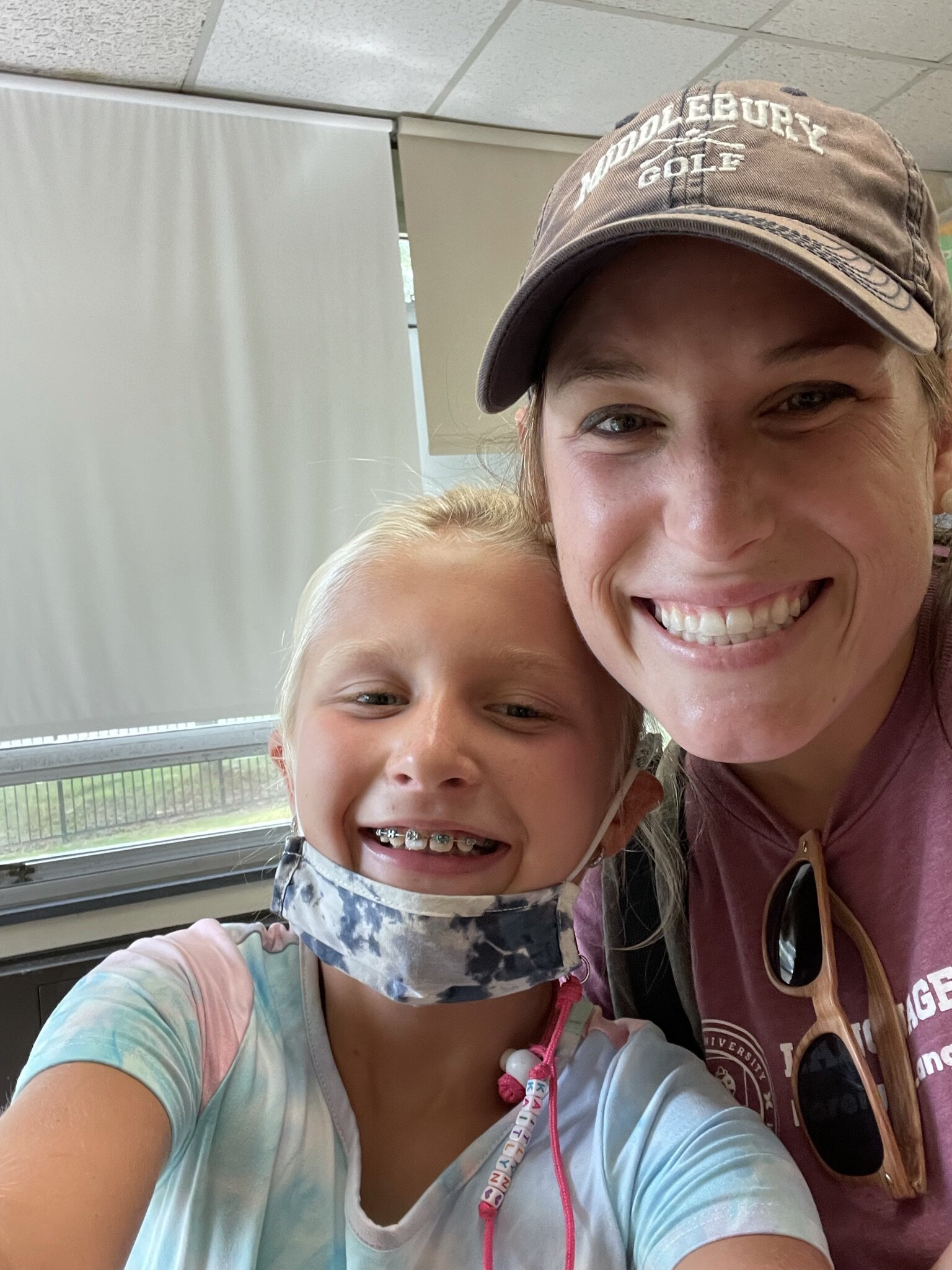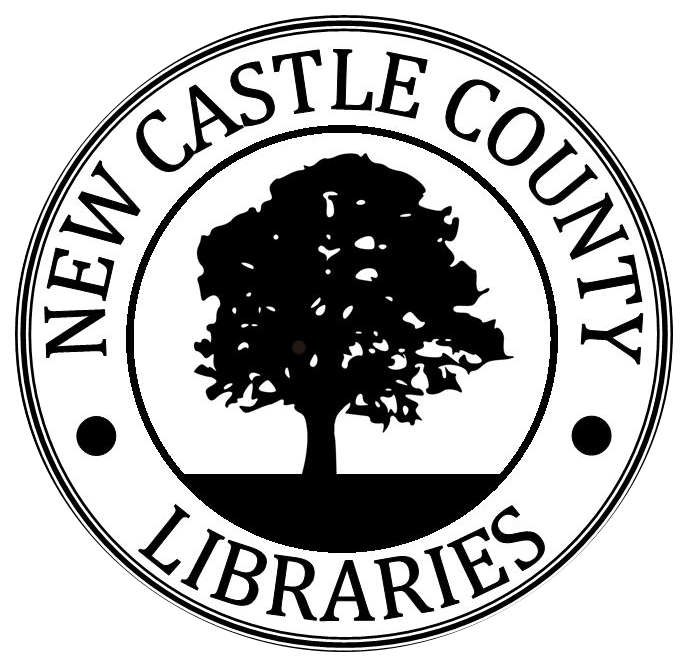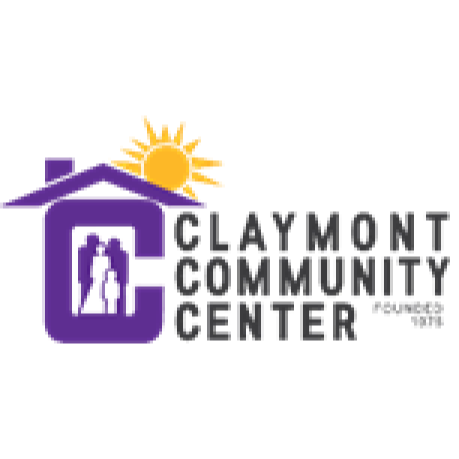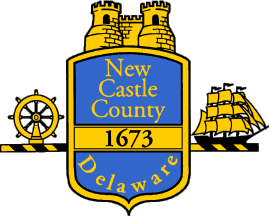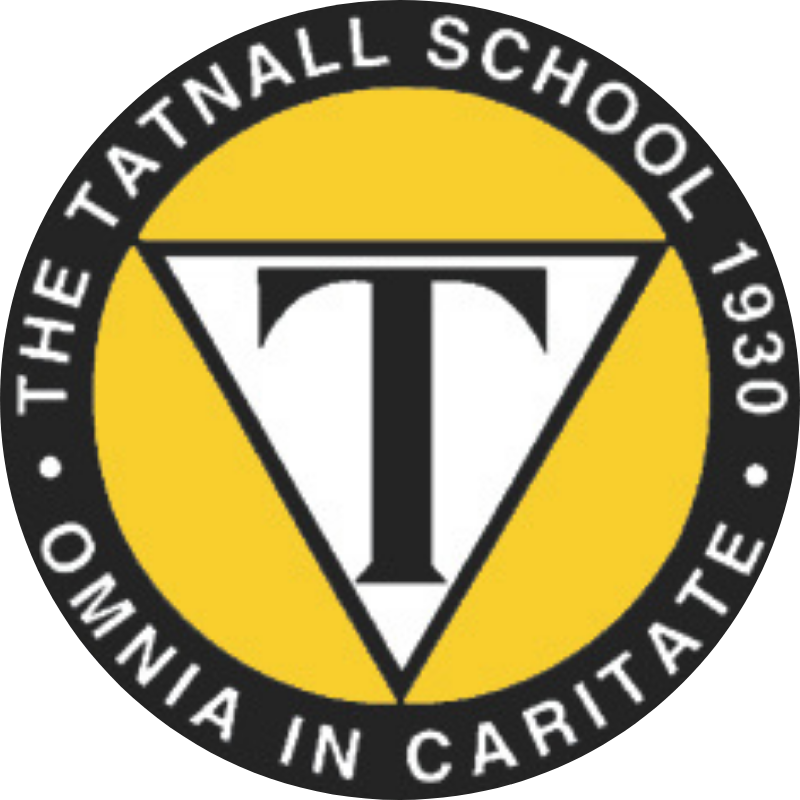Uniting In Our Diversity
/The 20th of December marks International Human Solidarity Day, which highlights the importance of unity in diversity. Although not many of us will rush to add this date to our calendars, I do believe it’s important as a empathetic, human being of this race to take a moment to think about what “unity in diversity” signifies. I love this idea of finding “unity in diversity.” Some would say that this concept sounds more like an oxymoron than a idea, but it’s so much more than a thought— it’s an achievable goal that’s exceptionally important every day, but especially during the hustle and bustle of the holidays. And I think we’d all be surprised at how often an occasion like this occurs.
I actually had the opportunity this month to put “unity in diversity” into effect. Recently I became a board member at the Claymont Community Center in Claymont, Delaware and I attended their annual “Festival of the Lights.” This event highlights Christmas, Chanukah, Kwanzaa and Diwali, and during the festival, a community representative of each religion comes forward and shares the holiday’s historical significance with the attendees. It’s a beautiful opportunity to watch holiday lights come to life, purchase a light for someone special to you, and gather together as friends and neighbors under a majestic, holiday glow. But my favorite part of this celebration was the connection made between the lights and each holiday. Christians deck the halls with holiday lights, Jews light the ancient menorah, Black Americans light the seven-branched Kinara, and Hindus light up India with endless rows of candles and firecrackers to signify peace, joy and light over darkness.
How wonderous- sharing and celebrating that which makes us different only to find that we aren’t so different after all. It’s a true celebration of lights and the lights that connect us as humans. This beauty cannot be lost on us. Instead of claiming the importance of one tradition over another’s, let’s choose to unite and to learn from one another. Let’s celebrate the good over evil, the light over the darkness and the joy and peace that can only be shared with us all together.
#solidarity #blacklivesmatter #love #blm #community #solidarity #unity #art #peace #together #humanrights #equality #humanity #solidaridad #claymont #community #celebration #hanukkah #diwali #kwanzaa #christmas #holidays #lights #festivaloflights #netde #happyholidays @ClaymontCenter






